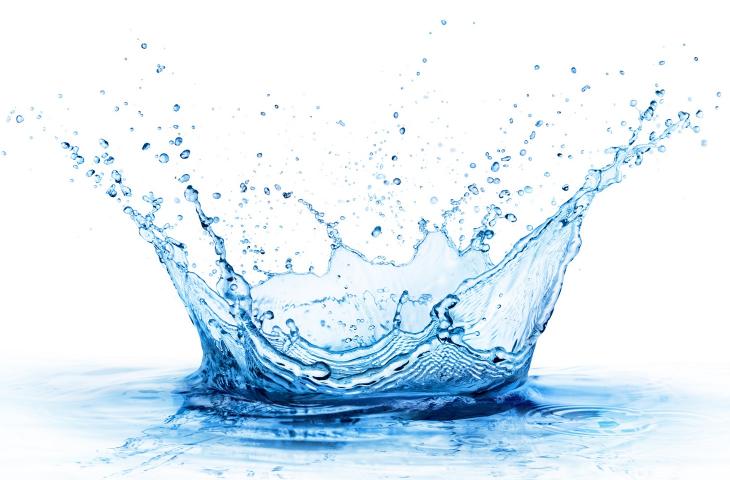MILAN – The hydrological cycle is an important process, able to guarantee the regeneration of water which, otherwise, would be exhausted once consumed. And
if there were no more water at our disposal, life on Earth would be over. In fact, water is a vital resource for everybody: human beings, plants and animals.
The water cycle can be broken down in four phases: evaporation, condensation, precipitation and infiltration.
Evaporation
The sun heats the water of seas and rivers, but also that found in plants and living beings, transforming it into vapour.
From a liquid state, water therefore moves to a gaseous state and evaporates, rising towards the sky.
Condensation
Once it has reached the highest strata in the sky, where the temperature is very low, water vapour, which is instead warm and light, cools down.
At that point it undergoes another transformation, returning to a liquid state. So many tiny droplets are formed which, coming together, form clouds.
Precipitation
The more droplets come together, the larger and heavier clouds become. At a certain stage, as their weight has increased too much, drops starts to fall in the form of rain, or hail or snow, depending on the air temperature.
Infiltration
When it returns to earth, water finds its way to rivers, lakes, seas and oceans.
Another part precipitates to the ground, where it is absorbed to great depths: infiltrating and flowing in this way underground and between rocks, the water feeds groundwater reserves and becomes, in some cases, natural mineral water.
by Valentina Izzo
September 17, 2017
credits: Fotolia











